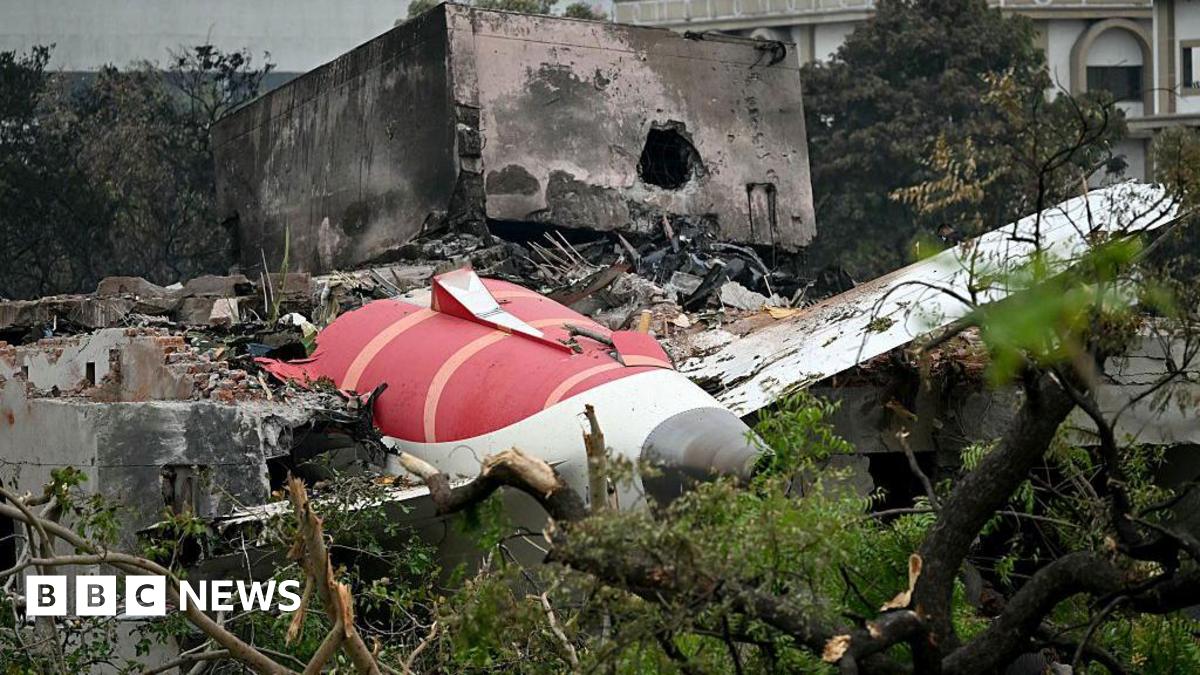An engineering source, meanwhile, said the report was “very selective”, and did not have any detailed information about what the engines were doing immediately before the switches were flipped. The document does say that the engine speed began to decrease from take-off values “as the fuel supply to the engines was cut off.”
This, they said was important – because flipping the switches to cut-off and back was something a pilot would be trained do to in order to restart an engine that was already losing power.
Tim Atkinson, an aviation consultant and former air accident investigator in the UK said, “it is very disappointing to read a report which does provide a few salient facts, but leaves many more questions”.
Another element of the report that has caused controversy is a reference to a safety bulletin – known as a Special Airworthiness Information Bulletin – published by the US Federal Aviation Administration (FAA) in 2018.
This was used to alert the aviation community that operators of some Boeing 737 models had reported cases in which the fuel cut-off switches had been fitted with the locking feature disengaged – potentially enabling the switch to be flipped by accident.
At the time, the FAA described this as an “airworthiness concern”, but said it was “not an unsafe condition” that would require mandatory action via what is known as an Airworthiness Directive.
Operators of a number of different Boeing models fitted with similar switches, including 787s, were advised to carry out simple inspections.
The investigation report says Air India did not carry out those inspections – prompting speculation that the accident could have been caused by faulty switches being flipped by accident.
However, in an internal note seen by the BBC, the FAA has since reiterated its belief that the issue did not compromise safety.
Engineering sources have also pointed out that the report says the throttle control module on the crashed aircraft was replaced on two occasions, most recently two years before the accident. This would have involved replacing the cut-off switches as well.
According to Bjorn Fehrm of Leeham Company, the reference to the FAA’s advice contained in the report was “totally irrelevant” in the context of the accident.
Nevertheless, India’s Directorate General of Civil Aviation has asked the operators of all aircraft covered by the FAA’s original bulletin to carry out inspections by 21 July.
For former accident investigator Tim Atkinson, the vagueness of the report may have been deliberate – in order to suggest an explanation for the crash, while avoiding being too explicit.
“The very worst reports are those written to be read ‘between the lines’, and if that is what we have here, then it does no credit to the investigators,” he said.
Meanwhile those seeking firm answers to what happened on Flight 171 may well have to wait.
International protocols stipulate that a final report should be published within a year of the accident. However, in practice, it can take a lot longer than that.
